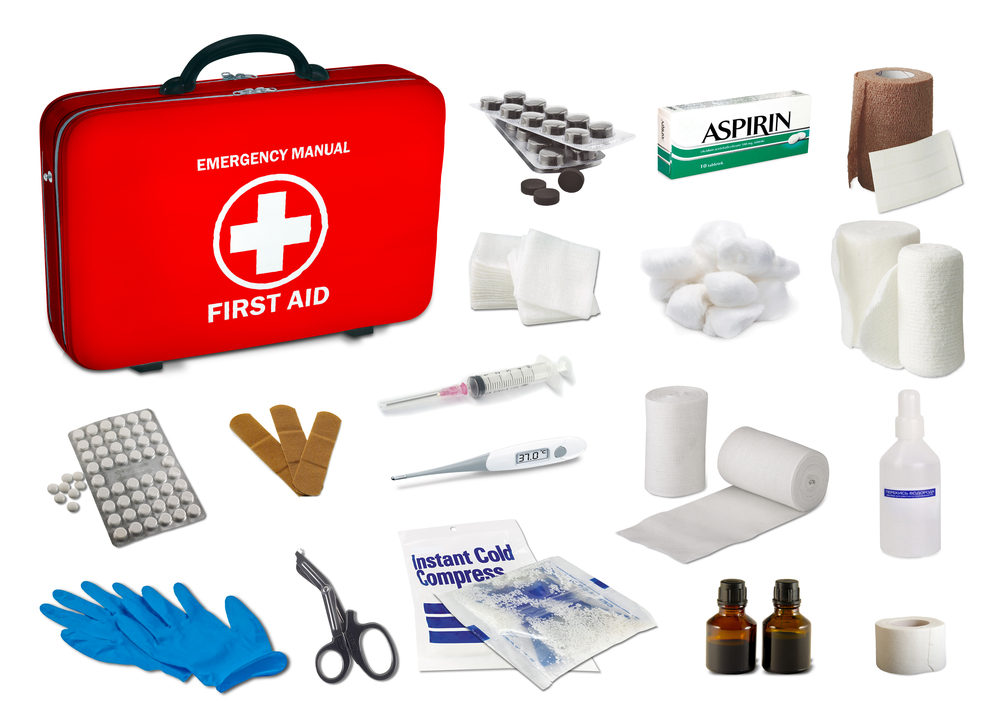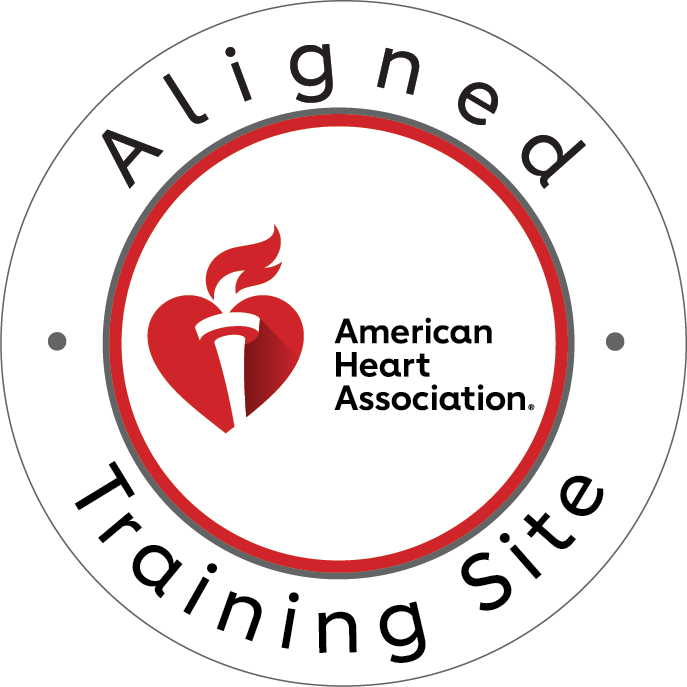Emergencies often strike when we least expect them, and having a well-thought-out plan in place can make all the difference in protecting your loved ones. In this guide, we’ll walk you through the steps to create a family emergency plan with a first-aid focus, ensuring that your family is prepared to handle emergencies with confidence and calm.
From learning essential CPR and first aid techniques to organizing a comprehensive plan, this article is packed with actionable advice to help you safeguard your family’s well-being.
Why Every Family Needs an Emergency Plan
Life is unpredictable, and emergencies can range from minor injuries to life-threatening situations. Having a family emergency plan with a first-aid focus not only provides clarity during high-stress moments but also empowers your family to respond effectively to accidents, medical incidents, or natural disasters.
The Importance of First Aid Knowledge in Emergencies
When emergencies occur, minutes matter. Knowing how to administer CPR or basic first aid can save lives. For example:
- In cardiac arrest cases, immediate CPR can double or even triple survival rates.
- Treating injuries like burns or cuts properly can prevent complications.
A well-rounded emergency plan ensures that all family members are equipped with the knowledge and tools to act quickly in a crisis.
Step 1: Assess Potential Risks in Your Area
Every family emergency plan should start with a clear understanding of the potential risks your family might face. These can vary based on where you live and your family’s specific needs.
Common Risks to Consider:
- Natural Disasters: Tornadoes, floods, or earthquakes.
- Medical Emergencies: Choking, cardiac arrest, or allergic reactions.
- Home Accidents: Falls, burns, or accidental poisonings.
Once you’ve identified the risks, tailor your emergency plan to address these scenarios.
Step 2: Create a Communication Plan
A strong communication plan is the backbone of your family emergency plan with a first-aid focus. In times of crisis, clear and immediate communication can save precious time.
Key Components of a Communication Plan:
- Emergency Contact List: Include phone numbers for family members, neighbors, doctors, and emergency services.
- Emergency Meeting Points: Designate a safe meeting spot in and outside your home.
- Family Emergency Group Text or App: Use tools like group chats or apps to quickly share updates.
Step 3: Build a First Aid and Emergency Kit
Your family’s emergency kit should include essential items to manage minor injuries and medical situations.
Essential First Aid Supplies:
- Bandages and gauze
- Antiseptic wipes and ointments
- Tweezers and scissors
- Thermometer
- Over-the-counter medications
Emergency-Specific Supplies:
- Flashlights and batteries
- Non-perishable food and water (enough for 72 hours)
- Personal hygiene items
- Copies of important documents
Step 4: Learn CPR and First Aid
One of the most critical components of your family emergency plan with a first-aid focus is ensuring that everyone in your family is equipped with life-saving skills. Taking a CPR or first aid class is a proactive step toward being prepared for any emergency.
Benefits of CPR and First Aid Training:
- Confidence: Knowing how to respond reduces panic in emergencies.
- Life-Saving Skills: From CPR to the Heimlich maneuver, these skills can be the difference between life and death.
- Family Safety: Everyone in the household benefits when at least one family member is trained.
For those in Memphis, consider enrolling in CPR classes Memphis or a BLS class to gain hands-on experience in these essential skills.
Step 5: Practice Your Family Emergency Plan
Creating an emergency plan is just the first step. To ensure it works when it matters most, schedule regular practice drills with your family.
Tips for Practicing Your Plan:
- Role-play scenarios like fire evacuation or performing CPR on a family member.
- Rotate responsibilities so everyone knows what to do.
- Test your emergency kit regularly and update it as needed.
Step 6: Educate Your Children
Children should be an active part of your family emergency plan with a first-aid focus. By teaching them basic safety and first aid, you empower them to stay calm and take action when needed.
Child-Friendly Emergency Training Ideas:
- Teach them how to call 911 and provide critical information.
- Show them how to use basic items in your first aid kit.
- Make emergency drills fun but educational.
Step 7: Stay Informed and Updated
Emergencies evolve, and so should your family’s plan. Stay informed about local resources and update your plan as your family’s needs change.
Staying Ready:
- Sign up for weather and emergency alerts in your area.
- Refresh your CPR and first aid certifications regularly.
- Encourage family members to join you in ongoing training.
Call to Action: Be Prepared—Join CPR Memphis Today!
Your family’s safety starts with you. Equip yourself and your loved ones with the skills to handle emergencies with confidence.
Take the first step today by enrolling in CPR classes or a BLS class in Memphis offered by CPR Memphis. Our stress-free, hands-on courses are designed to give you the knowledge to save lives.
👉 Visit CPR Memphis to learn more and register for a class today!
By creating a family emergency plan with a first-aid focus, you’re taking a proactive step toward safeguarding your loved ones in times of crisis. Remember, preparation is key—and knowledge is power. Together, let’s build safer families and stronger communities.
Ready to get started? Sign up for a CPR class with CPR Memphis today!





